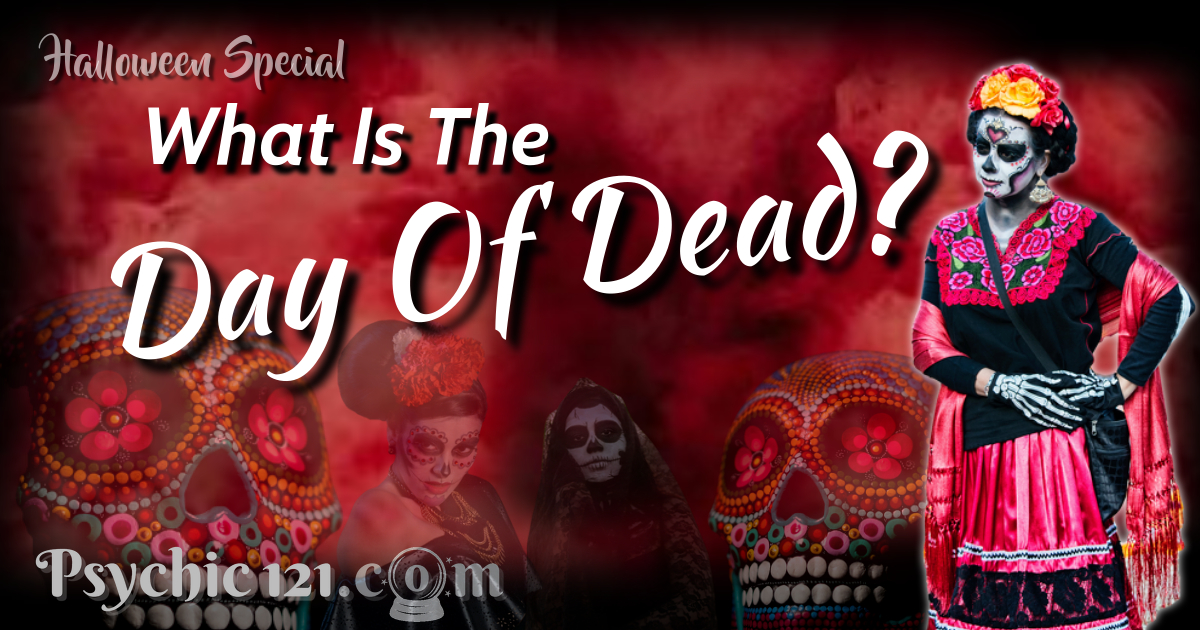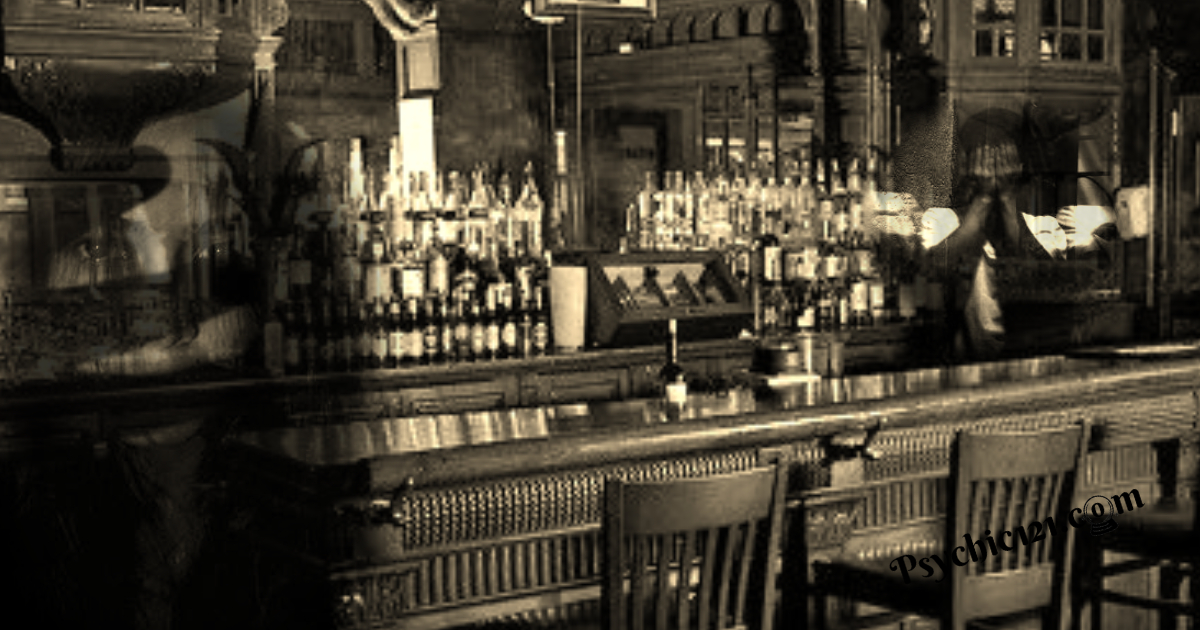The Tricks and Treats of the Afterlife
Discovering the spirituality and traditions of celebrating the dead.
Yes, that’s right, we’re approaching that time of year. The air is crisp and the goblins and ghouls have come out to play. Pumpkins adorn houses and children run amok dressed in bewitching costumes. Halloween is synonymous with all things ‘spooky’ and is celebrated across the world, yet as the holiday has become more commercialised, we can’t help but wonder, where did it all come from?

Halloween is derived from the ancient Celtic festival of Samhain, the Feast of the Dead, a pagan holiday that dates back over 2000 years. During Samhain, the Celts would celebrate the end of the harvest and they believed that the veil between Earth and the spirit world would be lifted during this period, allowing people to connect with spirits. Large bonfires were lit and costumes were worn to ward off bad spirits.
Over time, November 1st was certified as the official day to honour All Saints by the Pope, marking the prior evening as Hallows Eve. It is now widely known as Halloween and has become one of the biggest holidays ever celebrated next to Easter and Christmas. From one corner of the world to the next there are many traditions across various cultures that honour death and the spirit world. Whereas Halloween is a night of terror and scary antics in Mexican culture Día De Los Muertos, translated to The Day of the Dead, is a time of festivities which gives love and thanks to friends and relatives who have passed away.
The Day of the Dead is celebrated across two days which are split according to when the spirits of adults and children are present. Dia De Los Angelitos is the Day of the Little Angels which begins at midnight on the 1st November, it is believed that on this day the spirits of children are reunited with their families. In light of this, altars known as Ofrendas are constructed and have offerings such as toys and sweets displayed upon them. The names of the children that have passed away are also written on sugar skulls. Dia De Los Difuntos then takes over at midnight on November 2nd, this is when the lives of deceased adults are observed. Offerings such as alcohol and Pan De Muerto are left on the altars and music and games are played. Finally, the spirits of all that has passed, Día De Los Muertos, are celebrated at noon. It is the grand finale where skulls are painted on faces, graves are cleaned and decorated with flowers and colourful parades take place, it is a time of great celebration where people from all across Mexico are brought together.
Their practice of showing respect for the dead stems back to Mexico's Aztec traditions, it is deeply ingrained into the Mexican culture and has gained notability as the world has become more globalised. The Day of the Dead is a time of positivity and reflection, it reinforces the idea that death is not something to be feared and that the lives of those who have departed from Earth must be celebrated. Death is not permanent, though we may be separated from our bodies, our spirit is everlasting. Our loved ones are never truly gone and can be called upon whenever we want to connect with them. Life in the physical realm is a moment in time compared to that of the spiritual world which is eternal.
As with The Day of the Dead, Samhain and Halloween present us with the opportunity to gain a deeper insight into death and the afterlife. This is a period of reflection where we move through the cycles of life toward better and brighter beginnings. Fancy dress and trickery is a mere part of Halloween, there is more to it than meets the eye. Showing respect toward the spiritual world will help you to manifest a great relationship with your higher power and Source, which guides you through all things in your life. Tap into the spirit world and release all that does not serve you, the Ancient Celts used this period to indulge in rituals that observe rebirth and acknowledging their ancestors.

Starting Your Rituals
So how can you make the most out of this ethereal time of year? Put the powers of Samhain to good practice and implement rituals that will show love, honour and respect to your forefathers and the spirits.
PS. I Love You
Light some incense and focus on the smoke wafting up to the heavens, set an intention by offering thanks and gratitude to the other realm and visualise these messages reaching your loved ones. By expressing your appreciation, you are acknowledging those that have come before you, blessing their existence.
Eat, Drink and Be Merry
Celebrate the harvest and honour the dead with your family and friends by preparing a banquet fit for a king filled with seasonal fruits and vegetables. Decorate your table with autumnal centrepieces and bless your spread by offering thanks and grace to those that have passed. This time should be used to enjoy the delicious food, toasting with cider and sharing warm and loving memories of those that have come before us.
Recite this traditional Irish Halloween prayer to tap into the magic of this pagan festival:
At all Hallow's Tide, may God keep you safe
From goblin and pooka and black-hearted stranger,
From harm of the water and hurt of the fire,
From thorns of the bramble, from all other danger,
From Will O' The Wisp haunting the mire;
From stumbles and tumbles and tricksters to vex you,
May God in His mercy, this week protect you.
A Walk in the Cemetery
Death is the transition from one realm to the next and it carries with it the idea that nothing is forever and yet everything is eternal. Cemeteries are generally revered and feared as scary places filled with ghosts and haunted spirits, however, it is simply the final resting place for the vehicles in which our spirits live - our bodies. Pay your respects by visiting a cemetery and offer flowers and other delights to the gravesites of your nearest and dearest.
Love and light
Happy Samhain,
Mariana
If you have enjoyed reading this, you may like "Has The Spirit World Opening Hours?." also written by Pasha



